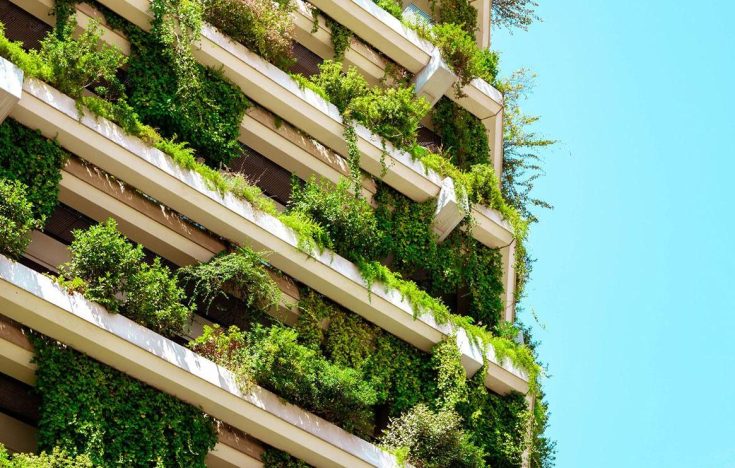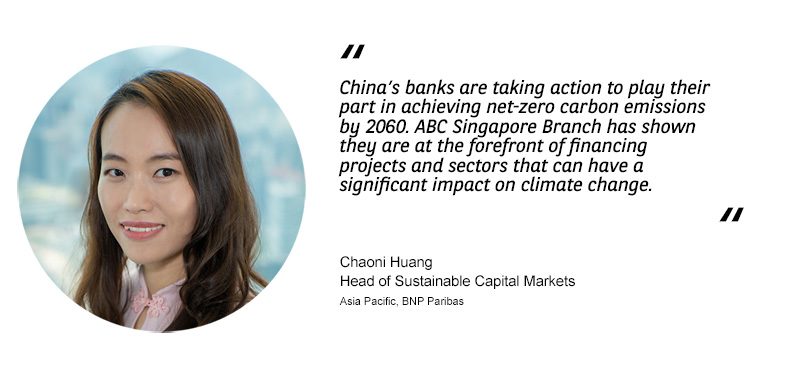Borrowers have captured public attention with green bonds and loans,
then sustainability-linked bonds and sustainability-linked loans. Green features are now making
their way into financial institutions’ diversified funding model.
A recent example is a
green repurchase deal, or green repo, that Agricultural Bank of China Limited
(ABC), Singapore Branch entered into with BNP Paribas.
The agreement will see BNP
Paribas extend $50 million to ABC Singapore Branch, with proceeds used to finance or refinance projects
related to Pollution Prevention and Control, and Green Buildings. The
investments will adhere to the green financing principles, guidelines and
standards referenced in the ABC’s Sustainable Financing Framework.
ABC’s Sustainable
Financing Framework provides guidelines for ABC Singapore Branch in providing
green, social or sustainable financing to clients or projects in the areas
such as renewable energy, green buildings and access to essential services,
including public transportation and healthcare.
While it’s too early to be
a trend, green repos are starting to be on the radar of financial markets. In
November 2020, Frankfurt-based Eurex, the world’s largest
futures and options market, launched its first Green Bond GC Basket destined
for the development of a green repo market.
For ABC, the benefit of
using a repo structure is to diversify their financing arrangements, allowing
a balance between short- and long-term cash flows in line with their own
capital needs. Additionally, the repo structure enables ABC to target-finance
specific green assets, while also utilising its more liquid collateral to
access a cheaper secured funding rate.
Under the repo format, ABC
Singapore Branch will provide collateral in the form of liquid conventional
Investment Grade corporate bonds, and a daily variation margin mechanism.
Chaoni Huang, Head of
Sustainable Capital Markets for Asia Pacific at BNP Paribas, said, “In keeping
with the Paris Agreement goal to contain global warming to “well below two
degrees above pre-industrial averages”, China recently announced their plan to achieve net-zero carbon emissions by 2060. The country’s banks are taking
action to play their part. ABC Singapore Branch has shown they are at the
forefront of financing projects and sectors that can have a significant impact
on climate change.”
Related solutions

